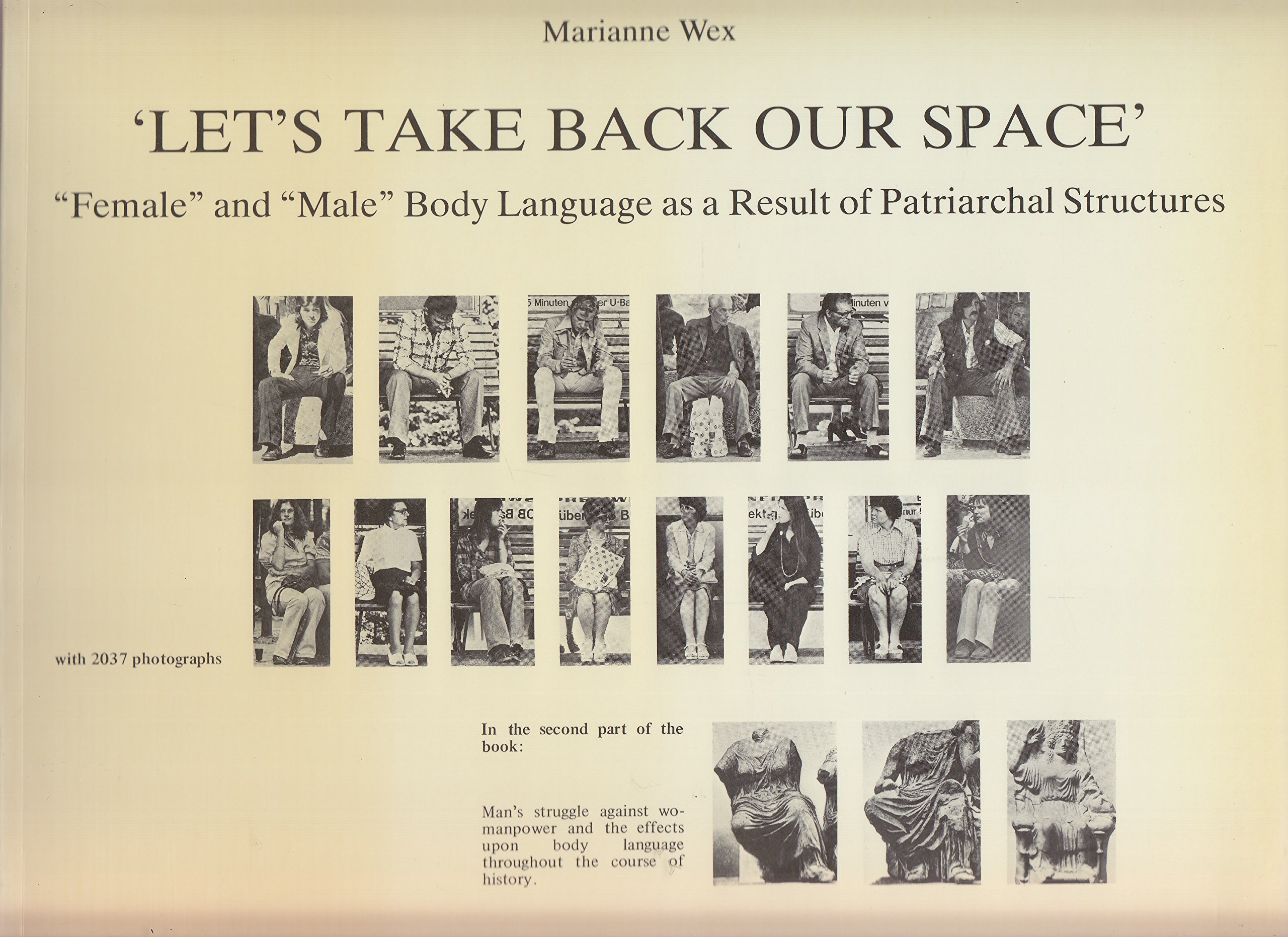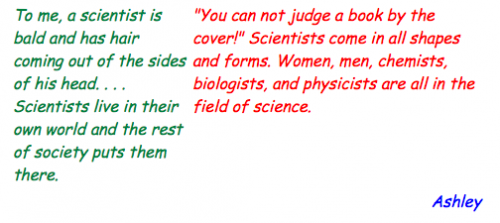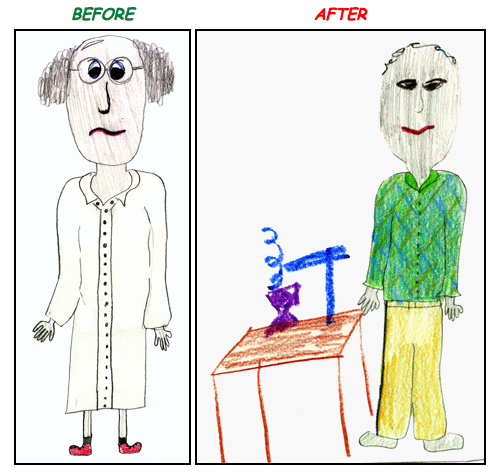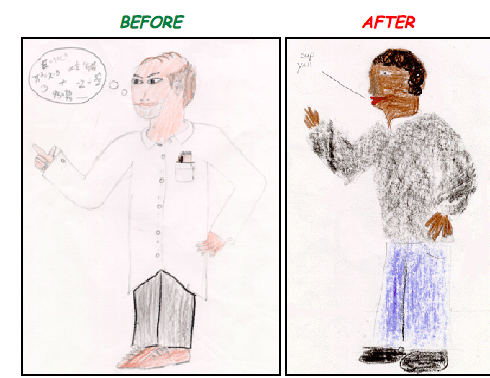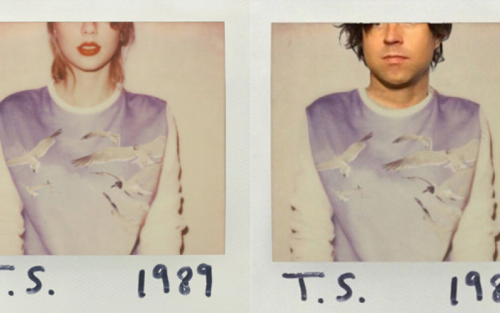Originally posted at Gender & Society.

I recently took in a poignant guest lecture on hookup culture by Lisa Wade. During the talk, Wade detailed the link between rape culture and hookup culture. While hooking up encourages women to behave “like men,” it simultaneously creates an environment that rejects feminine traits (kindness, care, empathy). Since then I’ve continuously noticed how we celebrate women who display traditionally masculine characteristics (be aggressive! lean in!). But, we often do so in ways that devalue feminine attributes. It is with this framework in mind that I went to see Wonder Woman.
Donning my “feminist mama” sweatshirt, I expected to be underwhelmed given the mediocre reviews describing the film as just another boilerplate superhero movie. With my critical 3D glasses on, I understood why many were frustrated. Steven Trevor always has a protecting arm over Diana, even after she demonstrates that she’s indestructible. The persistence of the male gaze was also disappointing. I recognize the need to reflect Marston’s 1940’s creation, but expecting Diana to run through forests, scale mountains, and beat down villains in a sensible wedge was as laughable as Steven Trevor’s ridiculous assurance to the audience that his genitalia was “above average.” It is no coincidence that Wonder Woman’s strong but “sexy” image was the one chosen by Douglas to represent her concept of enlightened sexism nearly a decade ago.
At the same time, I think it is important to recognize the film’s strengths. The women cast as Amazonians are athletes in real life with muscular bodies that challenge anglocentric beauty ideals. Diana is a unique combination of sex appeal, acumen, and wit. She is fierce but nurturing, emboldened to take down Ares but driven by her desire to protect children. Her outfit choices are elegant but practical and she even managed to stash a sword in her stolen evening gown. Diana asserted confidence and ability while her male sidekicks over-promised and under-delivered. In short, Wonder Woman seems to encapsulate the kind of feminism Wade described as lost: embracing aggression and kindness, strength and beauty.
Given Diana’s character complexity, I find language lauding the film for its ability to break the “curse of Catwoman” particularly offensive. Perhaps if Hollywood had chosen to produce Joss Whedon’s version of Wonder Woman, where Diana’s uses a “sexy dance” to thwart the villain, it might warrant a film comparison. After all, the Catwoman “plot” was a lurid focus on Halle Berry in a tight-fitting costume, a hypersexualized (de)evolution of a female protagonist. It tanked in the box office because, like most female characters in superhero films, Patience Phillips was a two-dimensional stereotype of femininity – meek, fickle, a tease. She had to “overcome” her feminine traits to succeed and used sex appeal as a weapon. Comparing the films conflates the presence of a female lead with the notion that both films were made for women. It’s like those who questioned if Clinton supporters might vote for McCain in 2008 because he put Palin on the ticket. Having a woman lead doesn’t mean women’s interests are being considered.
Despite these attempts at male wish fulfillment, Wonder Woman’s success was not due to men aged 15-25. Unlike other superhero flicks, Wonder Woman’s audience was roughly 52% women, and women and older audience viewers continue to build its momentum. When the Alamo Drafthouse risked litigation to host an all-female screening it sold out so quickly it added more women-only events to respond to the demand. Nevertheless, the comparison to Catwoman persists as does the dominant narrative that films outside of the Captain America framework are a “gamble.” Ignoring the success of films like Wonder Woman (Arrival or Get Out or Moonlight) allows executives to deflect the fact that most “flops” were made with an exclusively white, heterosexual, male audience in mind (I’m looking at you Cowboys & Aliens). Yet celebrating Wonder Woman as a “triumph,” allows us to pretend that similar female protagonists dominate the screen instead of calling more attention to the fact that women still only accounted for 32% of all speaking roles in 2015 or that non-white actors are continuously overlooked at the Oscars.
Diana showcases a physical resilience seldom credited to women – let’s celebrate that. She encapsulates a kind of feminism that Wade rightfully notes is nearly nonexistent. Diana is a warrior who is agentic, driven, nurturing, protective, and merciful. She exhibits masculine strength without having to cast aside her feminine traits. She voices concern for those who cannot protect themselves but she is a trained killer. By labeling Wonder Woman not feminist enough we overlook the crux of the problem: Wonder Woman’s empowerment narrative was likely tempered because Hollywood doesn’t really care about appealing to women. Highlighting the importance of Diana’s feminist dichotomy challenges Hollywood to build on that momentum and make a sequel without pandering to young, heterosexual, male audiences. In doing so, my hope is that in the future we have so many superheroes like Diana (strong because of their femininity, not strong despite it) that critics will have ample — and equivalent — characters for comparison.
Francesca Tripodi, PhD is a sociologist who studies how participatory media perpetuates systems of inequality. This year she is researching how partisan groups interact with media and the role community plays in legitimating what constitutes news and information as a postdoctoral scholar at Data & Society. Francesca would like to thank Caroline Jack and Tristan Bridges for their helpful feedback on this piece.




